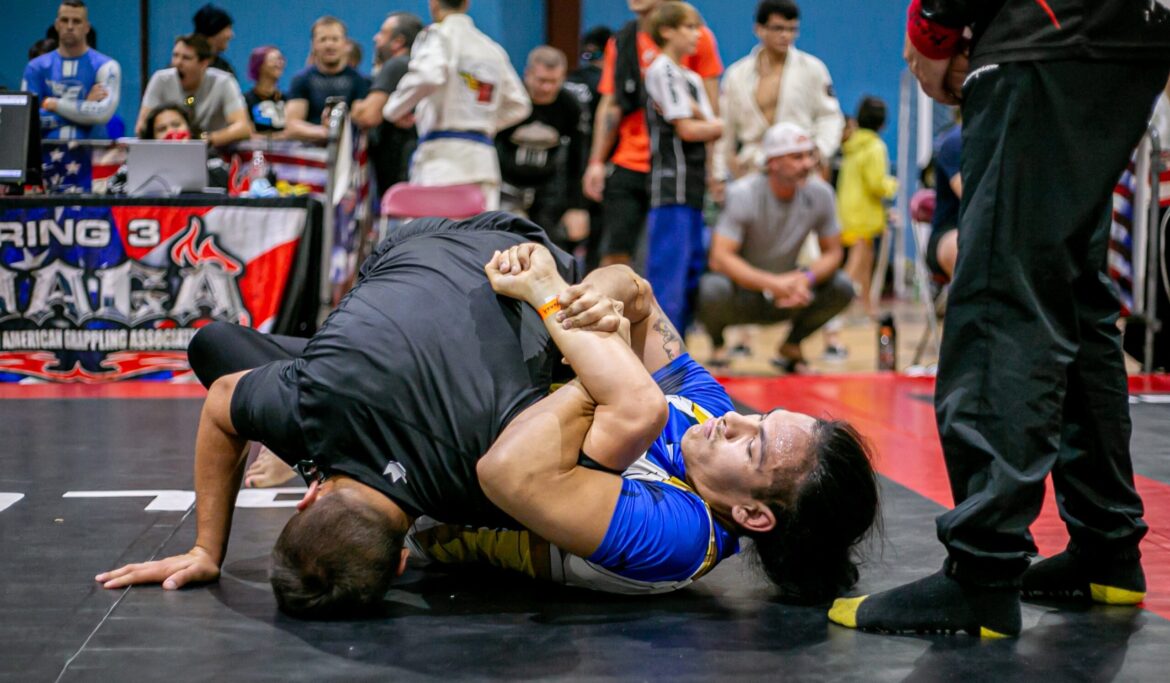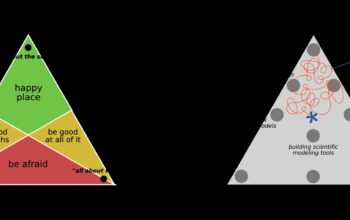Nogi is a dynamic form of martial arts that emphasizes ground fighting techniques. It serves as a cornerstone in Brazilian jiu-jitsu, offering practitioners a unique approach to combat. By focusing on grappling without the traditional gi uniform, nogi practitioners develop agility and adaptability in their technique. This style of martial arts requires quick thinking and precise movements, making it an exciting discipline for both beginners and advanced fighters alike. Dive into the world of nogi to discover a thrilling journey of skill and strategy.
What is Nogi: A Beginner’s Guide to Understanding This Martial Art
Welcome to our comprehensive guide on nogi, a fascinating and dynamic form of martial art that has gained popularity in recent years. If you’ve ever wondered what nogi is all about or are looking to learn more, you’ve come to the right place. In this article, we’ll delve into the origins, techniques, benefits, and training methods of nogi to help you gain a better understanding of this exciting discipline.
The Origins of Nogi
Nogi, also known as no-gi jiu-jitsu, is a form of martial art that originated from traditional Japanese jiu-jitsu and Brazilian jiu-jitsu. Unlike its counterpart, gi jiu-jitsu, which involves practitioners wearing a traditional gi or kimono during training and competitions, nogi is practiced without the gi, focusing on grappling techniques that can be applied in real-life self-defense situations.
Nogi was popularized by Brazilian jiu-jitsu practitioners who sought to adapt the techniques of traditional jiu-jitsu to be more effective in situations where wearing a gi would not be practical. Over time, nogi evolved into a distinct style of grappling that emphasizes control, leverage, and technique over brute strength and striking abilities.
Techniques of Nogi
One of the key aspects of nogi is its focus on grappling and submission techniques that can be executed without the use of a gi. Practitioners of nogi learn how to control their opponents using techniques such as joint locks, chokes, and positional control to gain the upper hand in a grappling exchange.
Some common techniques used in nogi include the rear naked choke, guillotine choke, armbar, triangle choke, and leg locks. These techniques require precision, timing, and leverage to be executed effectively, making nogi a highly technical and cerebral martial art.
Training Methods in Nogi
Training in nogi typically involves a combination of drilling, sparring, and conditioning exercises to develop the necessary skills and attributes required for effective grappling. Practitioners often engage in specific positional drills to improve their technique and positional awareness, as well as live sparring sessions to test their skills in a dynamic and unpredictable setting.
Conditioning is also an essential aspect of nogi training, as it helps practitioners develop the strength, endurance, and flexibility needed to perform techniques with precision and efficiency. Cardiovascular fitness is particularly important in nogi, as matches can be physically demanding and require practitioners to maintain a high level of intensity throughout.
The Benefits of Practicing Nogi
There are numerous benefits to practicing nogi, both physical and mental. From improved fitness and flexibility to increased self-confidence and discipline, training in nogi can have a positive impact on various aspects of your life.
Physically, nogi training can help you build strength, endurance, and agility, as well as improve your balance and coordination. The demanding nature of nogi sparring can also provide an excellent cardiovascular workout, helping you burn calories and improve your overall fitness levels.
Mentally, practicing nogi can help you develop focus, discipline, and problem-solving skills. The strategic nature of nogi techniques requires practitioners to think several steps ahead and anticipate their opponent’s movements, making it a mentally stimulating and challenging martial art to practice.
In conclusion, nogi is a dynamic and engaging martial art that offers a wide range of benefits for practitioners of all skill levels. Whether you’re looking to improve your fitness, learn self-defense techniques, or simply enjoy the camaraderie of training with like-minded individuals, nogi has something to offer everyone.
We hope this beginner’s guide has provided you with valuable insights into the world of nogi and inspired you to explore this exciting discipline further. Remember, the journey of learning martial arts is a rewarding and fulfilling one, so don’t hesitate to take the first step and embark on your nogi adventure today!
No Gi Principle Everyone Should Know – Garry Tonon
Frequently Asked Questions
What are some key features of nogi?
Nogi is a style of grappling in martial arts where practitioners don’t wear a traditional uniform called a gi. Instead, participants typically wear rash guards and shorts or spats during training or competition.
How does nogi training differ from gi training?
Nogi training focuses more on controlling opponents using body positioning and leverage since there are no collars or sleeves to grip onto. It emphasizes speed, agility, and fluid movement without relying on grabbing clothing.
Can anyone practice nogi, regardless of experience level?
Yes, nogi can be practiced by individuals of all experience levels, from beginners to advanced practitioners. It offers a different perspective on grappling techniques and is suitable for those looking to improve their ground fighting skills.
Final Thoughts
Nogi is a form of martial arts that focuses on grappling and submission techniques. It emphasizes using leverage and technique rather than relying on strikes or kicks. In nogi, practitioners typically wear a rash guard and shorts instead of a traditional gi. This allows for a faster-paced and more dynamic style of fighting. Nogi is a challenging and rewarding discipline that requires both physical strength and mental acuity.




